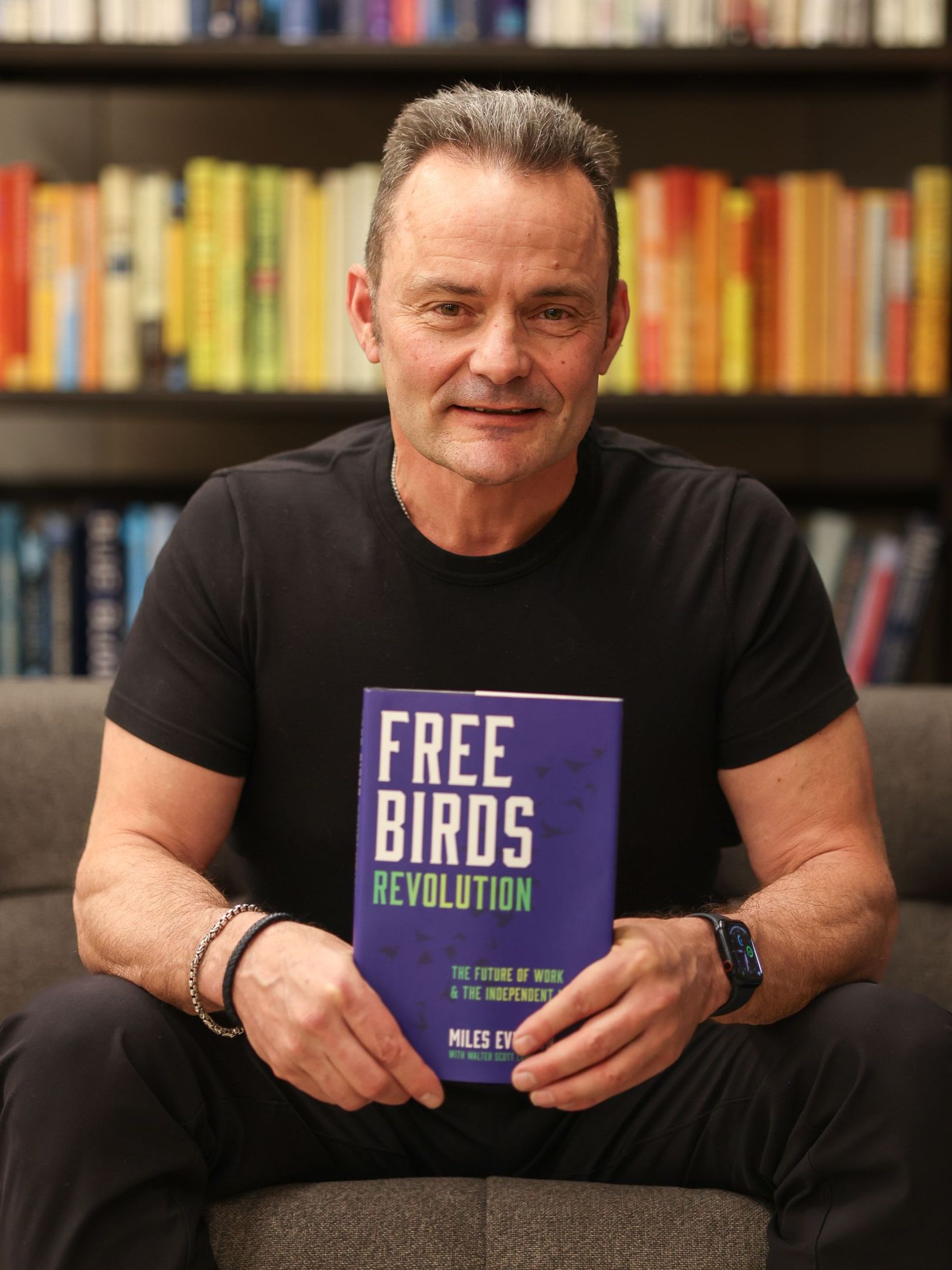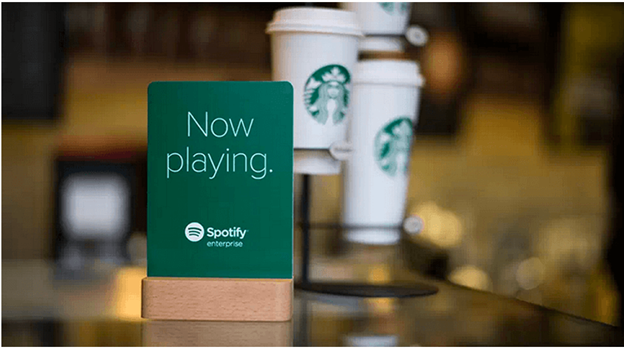When "Ugly" Sells: Here's what this shoe brand teaches investors about competitive advantage!
| From the desk of Miles Everson: Happy midweek! I’m so thrilled to talk to you in today’s edition of “The Independent Investor.” Each Wednesday, I publish thought pieces in hopes of helping you make wise decisions in terms of finance and investing. Right now, allow me to share with you a very interesting and insightful business case study. Keep reading below to learn more! |
When "Ugly" Sells: Here's what this shoe brand teaches investors about competitive advantage! At first, this company was laughed at—mocked, dismissed, and written off as a passing fad, even. Yet, what started as a product ridiculed for its appearance has since become a global cultural statement , delivering a staggering 870% stock surge for investors who saw what others didn’t. Woah! How is that even possible? Professor Joel Litman , Chairman and CEO of Valens Research and Chief Investment Officer of Altimetry Financial Research, recently spotlighted this remarkable transformation. In fact, he used the Crocs (CROX) story as a powerful lesson in competitive advantage, brand reinvention, and investor insight. Let’s dive deeper into that below…
From Ugly and Uncool to 870% Upside Crocs began as a novelty shoemaker with a simple concept: Waterproof, slip-resistant clogs that floated if dropped in water . The shoes were quirky, colorful, and practical for boating, but far from fashion-forward. To boost appeal, the company also sold small rubber accessories—“Jibbitz”—that customers could snap into the holes of their clogs for personalization. However, as Professor Litman highlighted, these add-ons weren’t enough to sustain long-term growth. By the mid-2010s, Crocs’ novelty had worn off. The brand became symbolic of “uncool,” and its financial health reflected that reputation. During the Great Recession, Crocs nearly collapsed. Margins that once hovered around 13% in 2011 dwindled to nearly zero by 2016. Investors and consumers alike saw little future in the business. … until a bold bet changed everything. According to Professor Litman, this was where Crocs rewrote its narrative. In 2017, the company stunned the fashion world by teaming up with luxury brand Balenciaga to release platform Crocs priced at an eye-popping USD 850. At first, social media erupted in laughter. X (formerly known as Twitter) was flooded with memes ridiculing the collaboration. To most, the move seemed absurd. … but something unexpected happened. Instead of fading into obscurity, the ridicule fueled buzz. The limited-edition shoes sold out within hours of their presale! What began as a polarizing collaboration suddenly became a cultural phenomenon. What’s more? Crocs didn’t stop there! Recognizing the momentum, the company further leaned into high-profile collaborations. In 2018, Post Malone dropped his first Crocs partnership, which sold out in under two hours. His follow-up release was gone in less than ten minutes, crashing Crocs’ website. That’s INSANE! Justin Bieber followed with a 2020 collaboration tied to his Drew House brand. Again, instant sellouts and skyrocketing resale prices proved Crocs had tapped into something far bigger than footwear! By 2021, Crocs wasn’t just a brand; it was also a cultural event. Collaborations became a central pillar of its strategy, driving excitement, exclusivity, and overwhelming consumer demand. That year alone, the company sold more than 103 million pairs of shoes, generating USD 2.3 billion in revenue. The result of that? Shares soared, climbing more than 870% from their 2016 lows! Clearly, that was nothing short of AMAZING! The Lesson for Investors Professor Litman emphasized that Crocs’ resurgence wasn’t a fluke but a result of building a competitive advantage. What was once mocked as “ugly” and “uncool” evolved into a global trendsetter because Crocs identified a unique way to differentiate itself. Through partnerships, cultural alignment, and smart brand positioning, the company transformed from a simple footwear seller into a POWERFUL merchandising force. For investors, the takeaway is clear: Businesses with a durable competitive advantage consistently outperform . If an advantage is not easily identifiable, it may not exist at all. Here are a few guidance for evaluating opportunities in any sector:
As Professor Litman underscores, investors should always ask: “What sets this company apart, and is that edge durable?” Crocs’ journey from nearly bankrupt to billion-dollar powerhouse is more than a quirky business story; it’s also a reminder that the market consistently rewards competitive advantage, resilience, and bold strategy. … and if you’re one of those who recognize such traits early, the upside can be extraordinary for you. Hope you’ve found this week’s insights interesting and helpful. Stay tuned for next Wednesday’s The Independent Investor! For the past few years, consumer-driven spending has powered the American economy during the pandemic and after it ended. Learn more about why consumer credit is starting to show cracks where investors would least expect it in next week’s article! |

Miles Everson
CEO of MBO Partners and former Global Advisory and Consulting CEO at PwC, Everson has worked with many of the world's largest and most prominent organizations, specializing in executive management. He helps companies balance growth, reduce risk, maximize return, and excel in strategic business priorities.
He is a sought-after public speaker and contributor and has been a case study for success from Harvard Business School.
Everson is a Certified Public Accountant, a member of the American Institute of Certified Public Accountants and Minnesota Society of Certified Public Accountants. He graduated from St. Cloud State University with a B.S. in Accounting.




